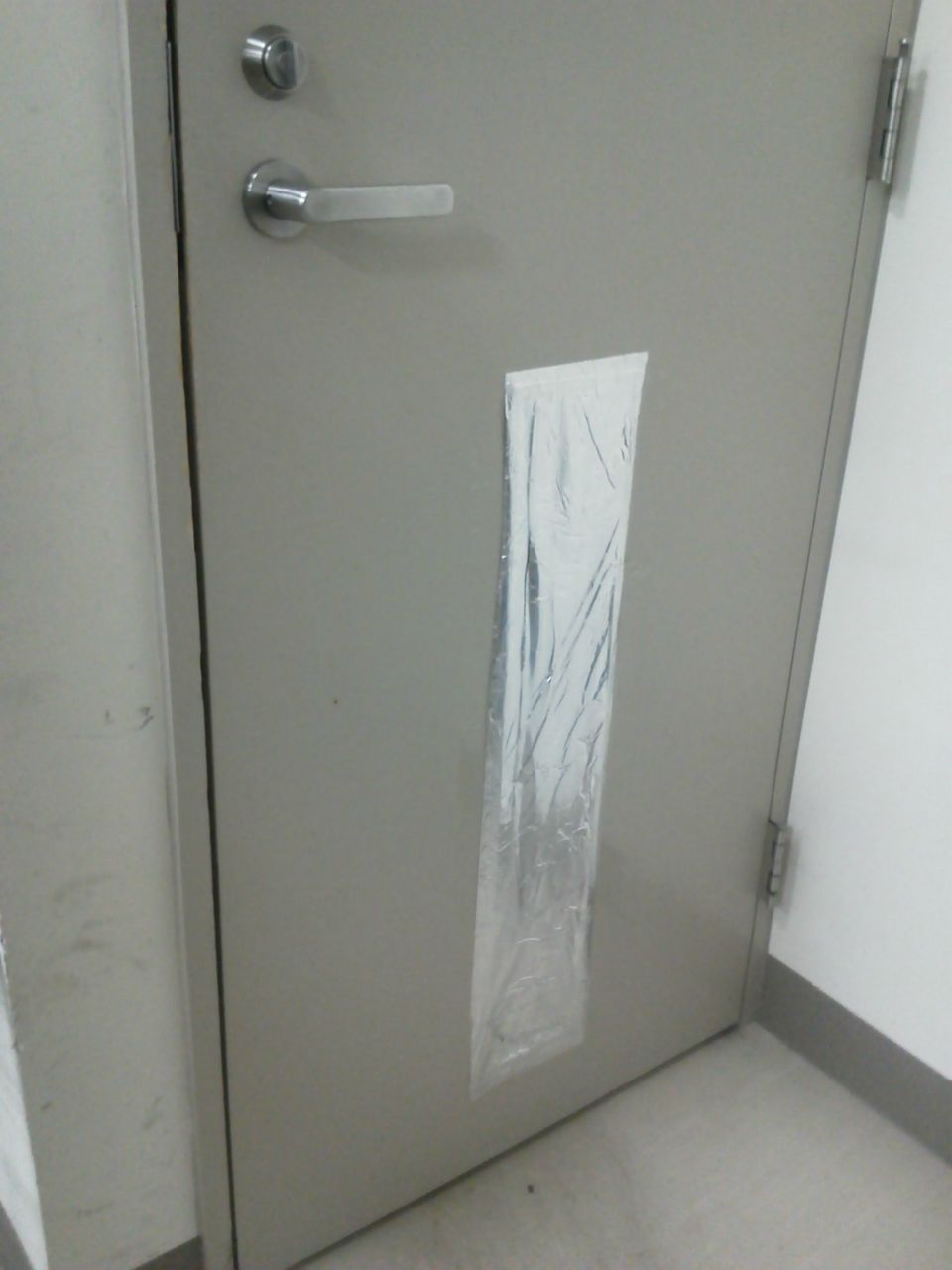Team:KIT-Kyoto/Safety
From 2012.igem.org
(Difference between revisions)
m |
m |
||
| Line 7: | Line 7: | ||
padding:5px 0 5px 15px; | padding:5px 0 5px 15px; | ||
border-left:#eebbcb 10px solid; | border-left:#eebbcb 10px solid; | ||
| - | border-bottom:#eebbcb | + | border-bottom:1px dashed #eebbcb; |
font-size: small; | font-size: small; | ||
font-weight: bold; | font-weight: bold; | ||
Revision as of 01:06, 13 September 2012




There are 4 Questions on the Safety page.
Q.1 Would any of your project ideas raise safety issues in terms of:
1.researcher safety,
2.public safety, or
3.environmental safety?
A. No issues of researcher safety, public safety or environmental safety raised up during our KIT-Kyoto iGEM 2012 project. We used nucleic acid donor or host, which follow the guidelines of the safety standards required by biosafety level 1.
In our project, we plan to establish transgenic flies. They will be produced and kept in P1 room and fly room in which fly trap and double-entry doors are equipped. By these safety equipments, even if they escape from the culture bottle to the room, we can block them flying out of the room.



Q.2 Do any of the new BioBrick parts (or devices) that you made this year raise any safety issues?
If yes,
1.did you document these issues in the Registry?
2.How did you manage to handle the safety issue?
3.How could other teams learn from your experience?
A. No. A BioBrick part we are going to submit is related to GAL4-UAS system which is generally used to study Drosophila melanogaster. Any safety risk has not been reported.
Q.3 Is there a local biosafety group, committee, or review board at your institution?
1.If yes, what does your local biosafety group think about your project?
2.If no, which specific biosafety rules or guidelines do you have to consider in your country?
A. Yes. We have bio safety group at KIT, and our project has been monitored by them. The leader of this biological safety group was Prof. Yamaguchi. Furthermore, there is an upper level committee of the recombinant DNA experiments at Kyoto Institute of Technology. Our project has also received permission from this committee. All material handled or distributed are non-hazardous and non-infectious. It meets with all safety standards requested by biosafety level 1. In addition, Prof. Yamaguchi and other supervisors and instructors fully support the work done by this iGEM team.
Q.4 Do you have any other ideas how to deal with safety issues that could be useful for future iGEM competitions? How could parts, devices and systems be made even safer through biosafety engineering?
A. We have two suggestions.
Firstly, to understand how ethical a project is and how safe equipments are, we should make Bio-safety Quiz, and the iGEM teams cannot get description kit until they complete the quiz.
Secondly, we should supply check list template of Bio-safety in wiki, and each iGEM team should fill out the check list on their experiment notebooks as a template and check it at the beginning and ending of the diary experiments.
Lecture class about experiments of genetic engineering
We took a lecture class about genetic engineering because we conduct experiments involving recombinant DNA technic for our project of iGEM. We learned its guidelines and laws received an instruction.

 "
"
